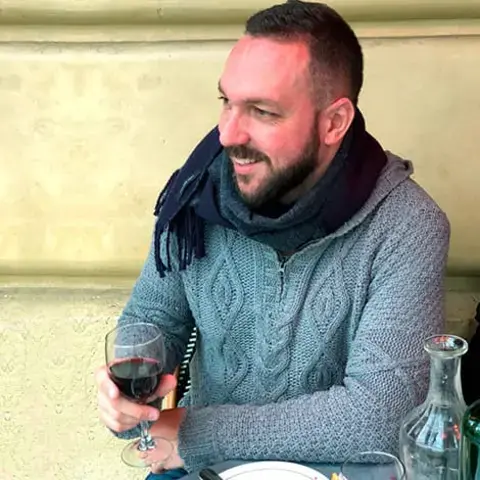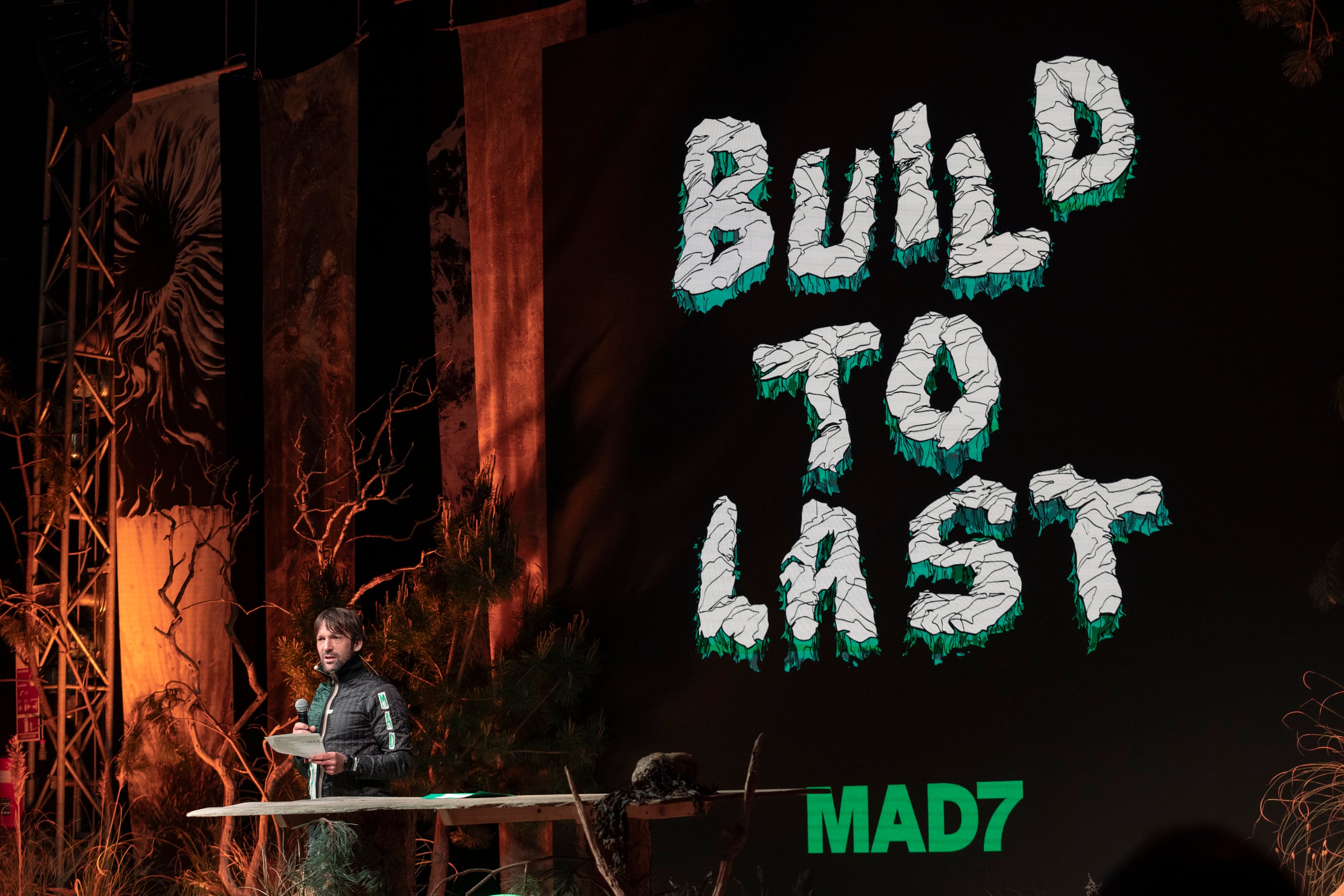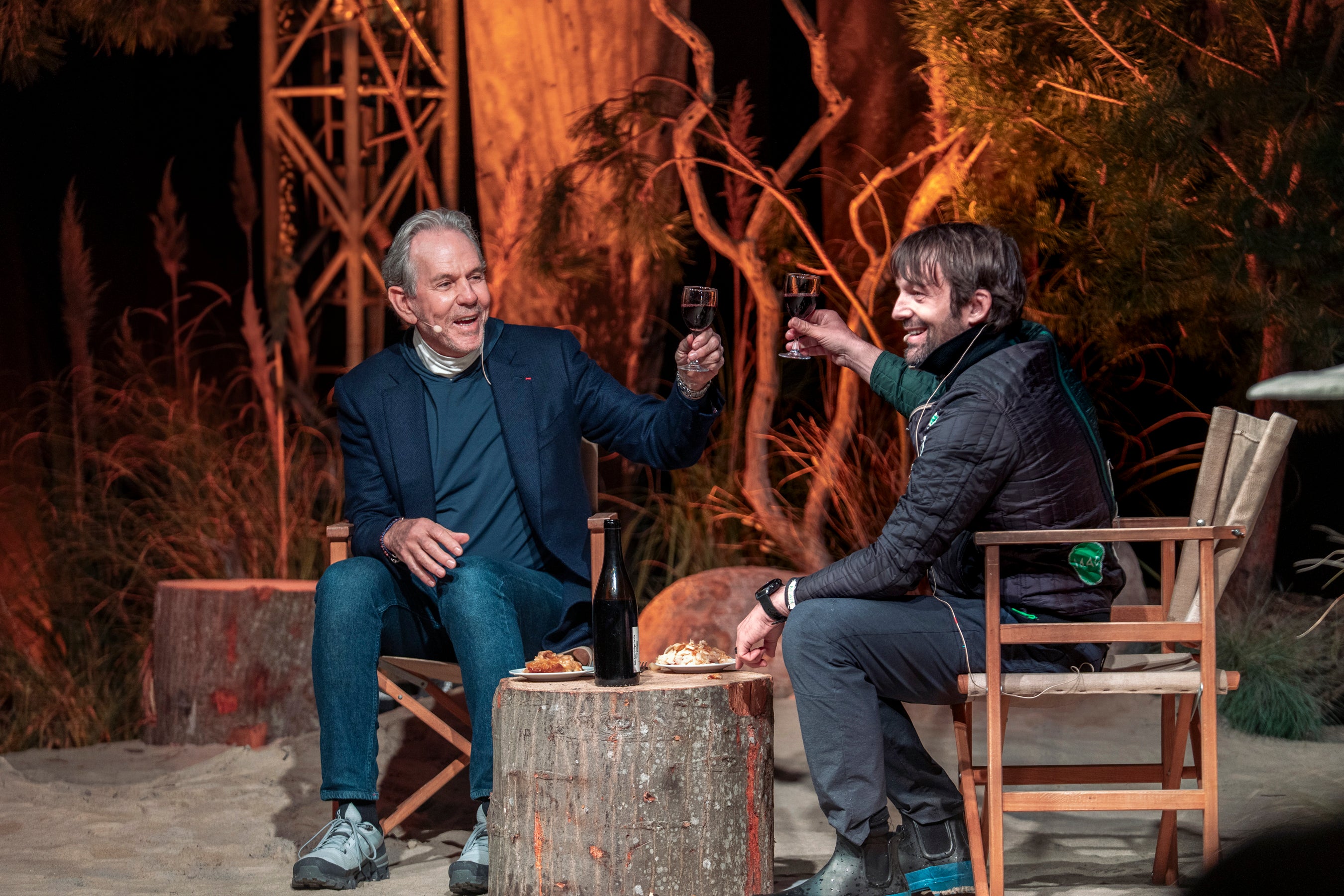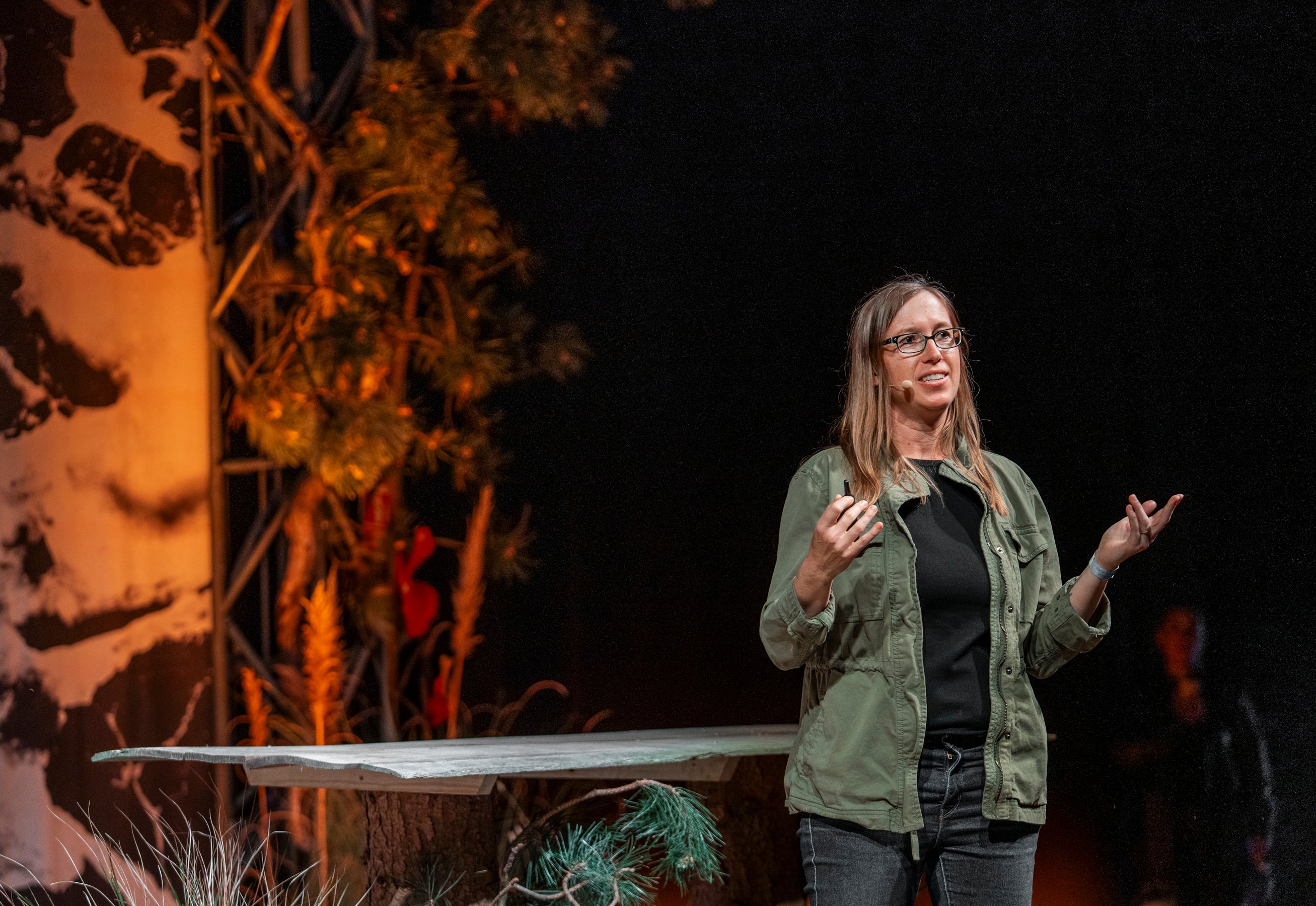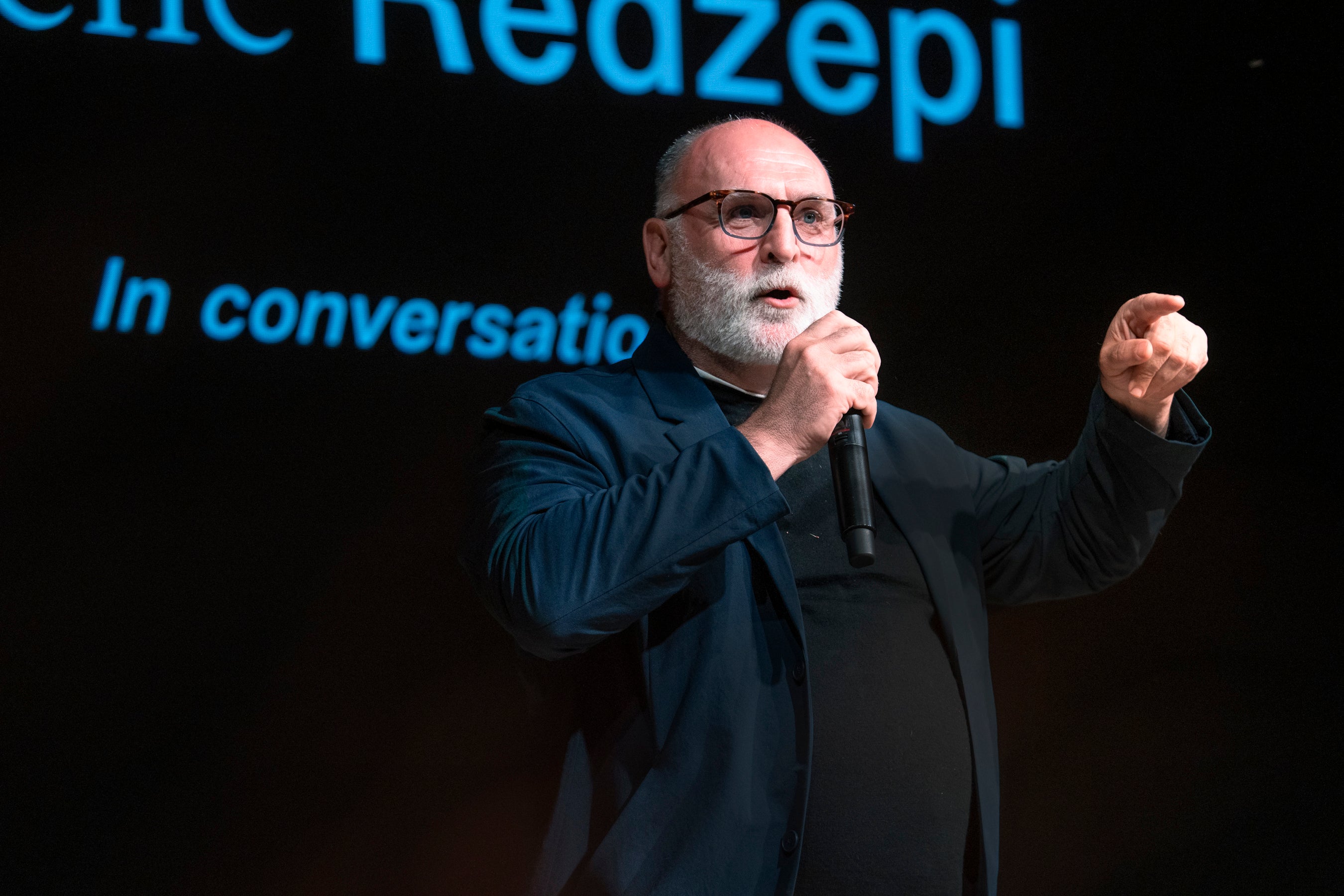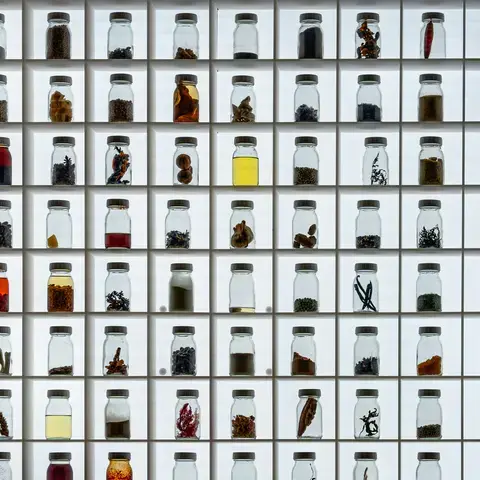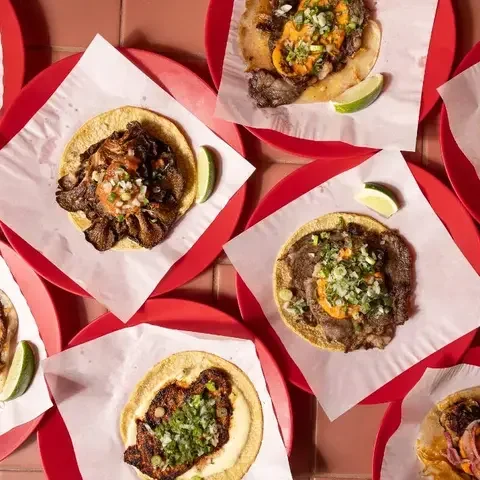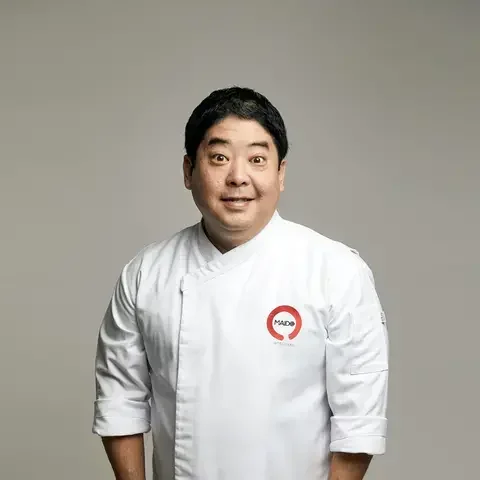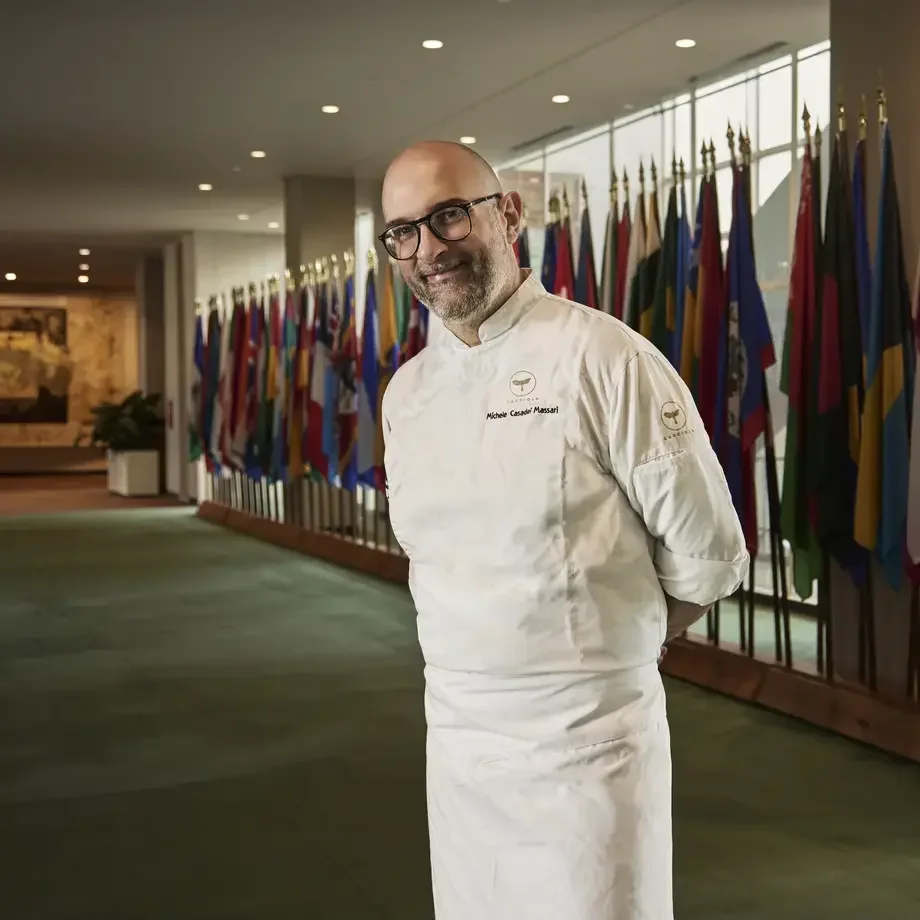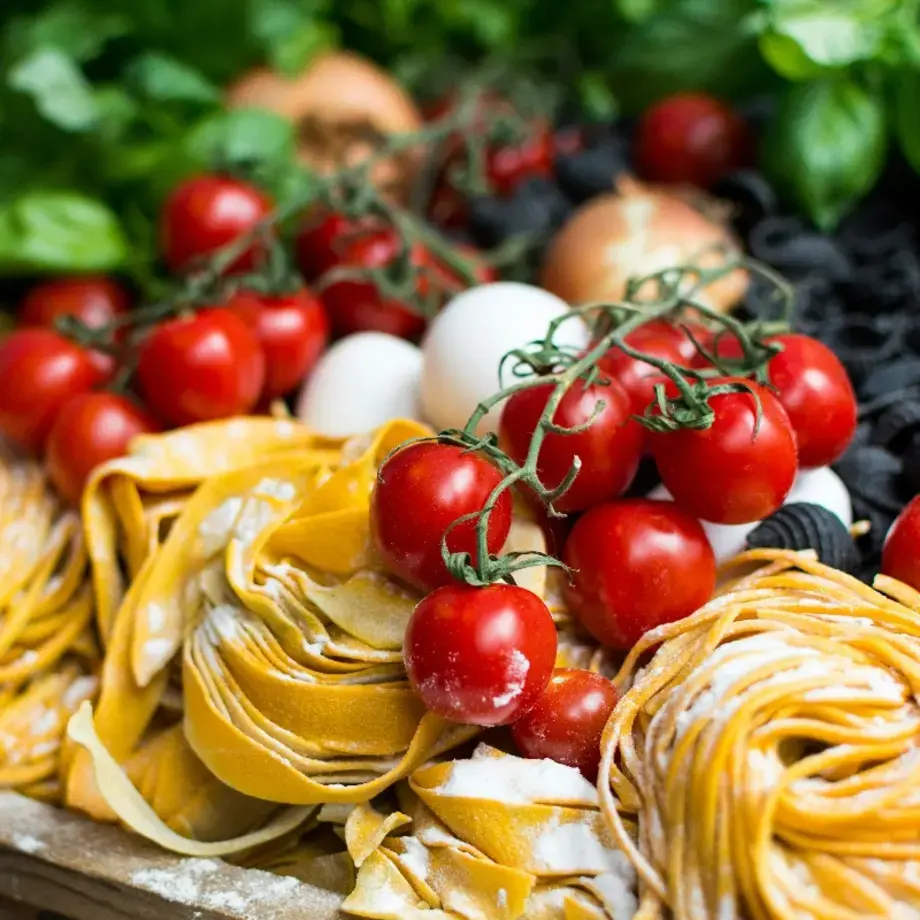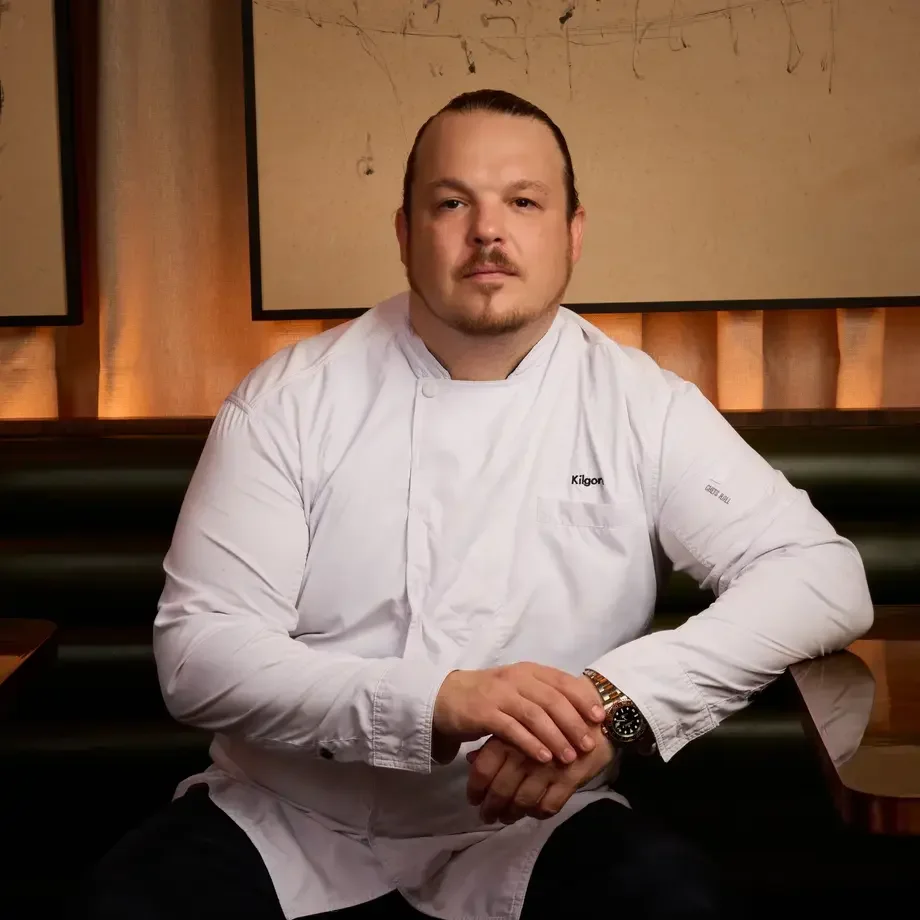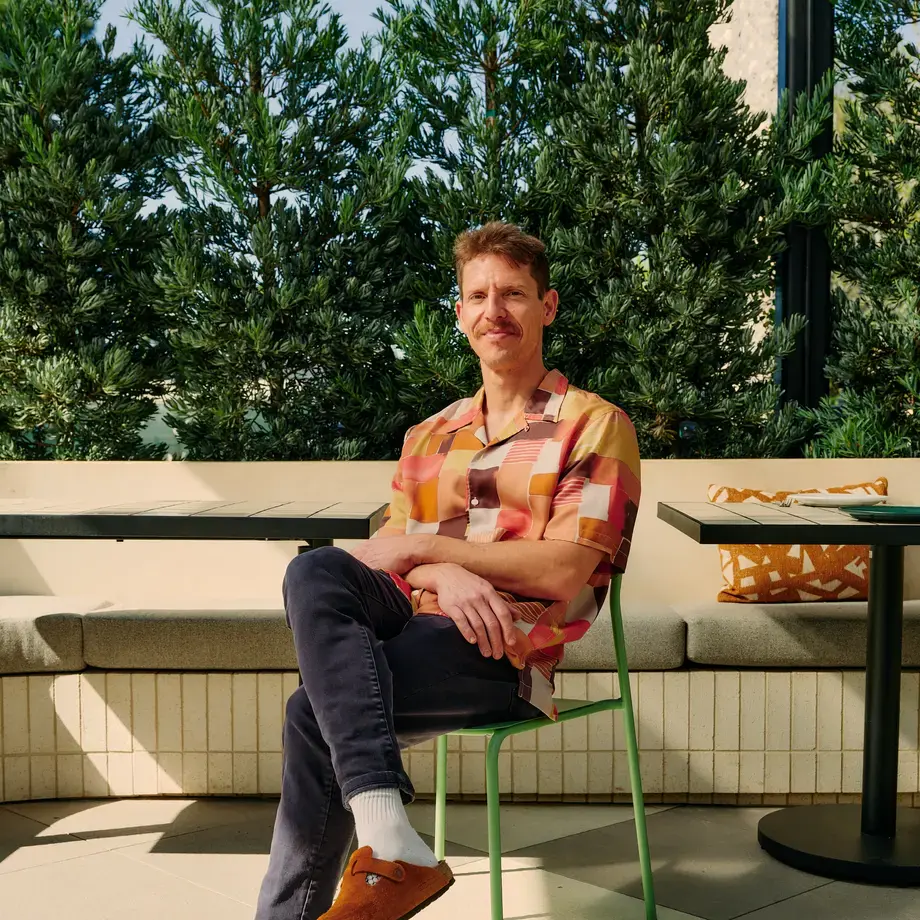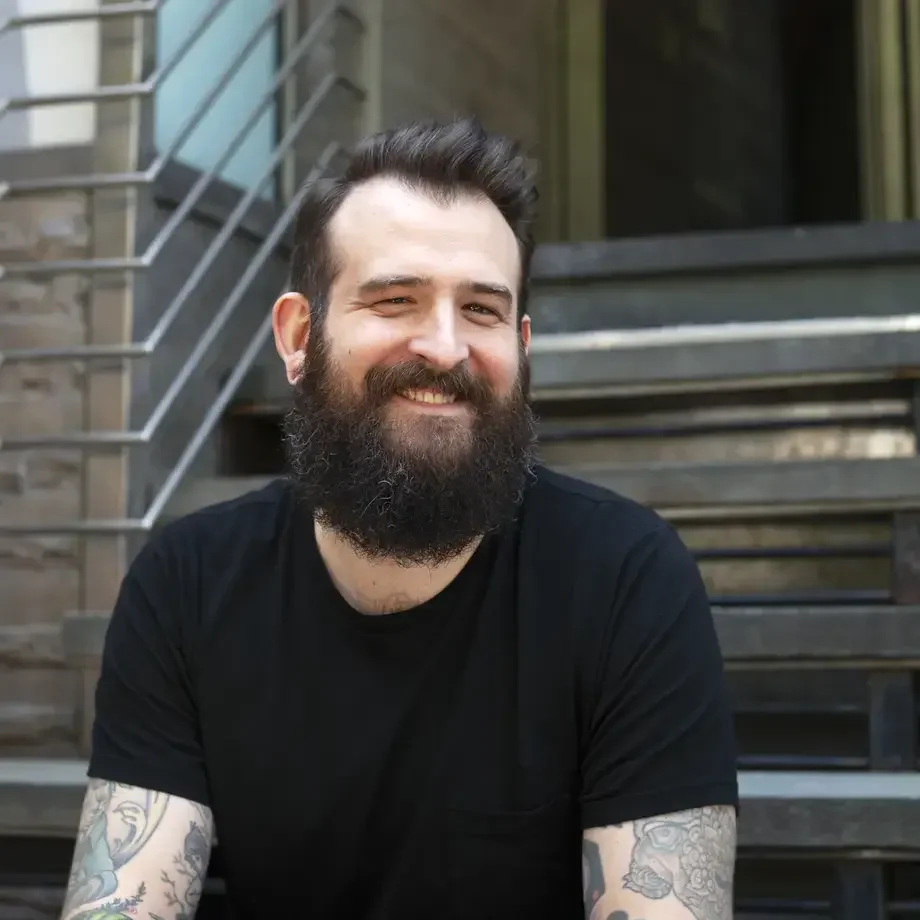The line is busy, the tickets keep printing—but in kitchens everywhere, a quiet question simmers beneath the noise: how long can this last? In a business built on constant reinvention, permanence feels elusive. As pressures mount—from rising food costs to burnout to leadership transitions—chefs and restaurateurs are grappling with identity and the fragile hope that what they’re building—restaurants, teams, ideas—might somehow endure.
The restaurant industry has never been a gentle place to build a future. One in three restaurants in the U.S. won’t make it past their first year—a sobering statistic underscored by the National Restaurant Association's (NRA) estimate of a 30% failure rate in the industry. This reflects not just economic volatility but deeper structural fragilities: vague concepts, poor team leadership, and undercapitalized openings.
The pandemic only amplified these cracks, forcing more than 110,000 closures in 2020 alone, according to the NRA. But if failure has a pattern, so does survival. From clearly defined ideas to adaptive business models and better management practices, longevity in hospitality is no longer about luck or legacy—it’s about learning how to lead in the long run.
A week ago, 700 people gathered under a tent in Copenhagen for the return of MAD, the influential symposium founded by chef René Redzepi. After a seven-year hiatus, the event came back with a provocation: Built to Last. Over two days, the industry’s most prominent voices reflected on what legacy means now: how to stay curious, build culture, protect creativity, and lead without losing yourself in the process. We gather some of the best reflections from the American chefs present at the event.

